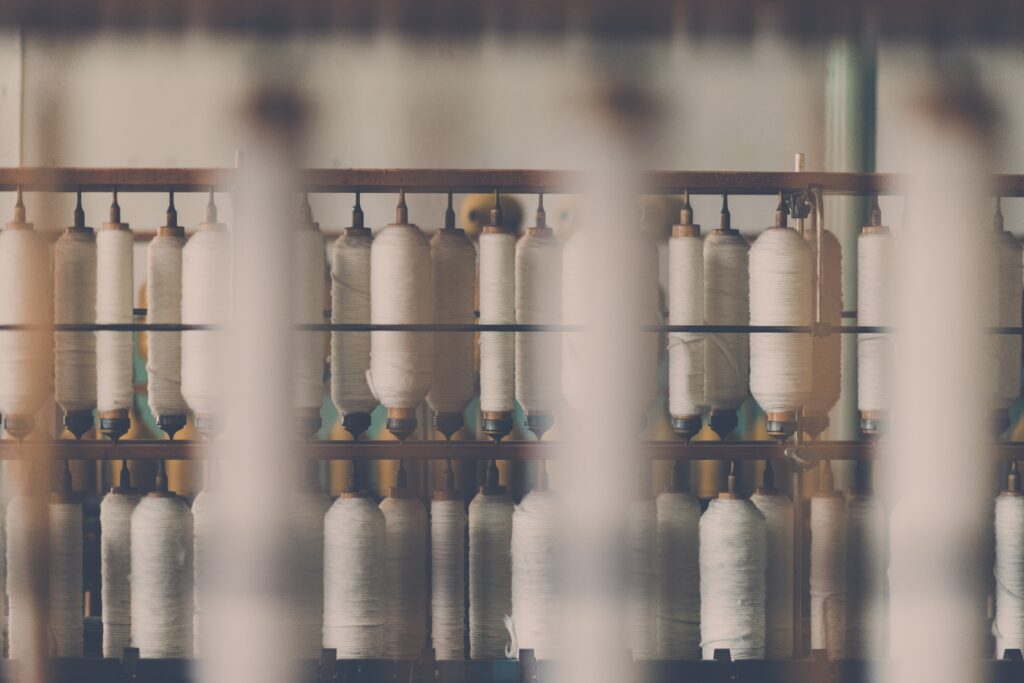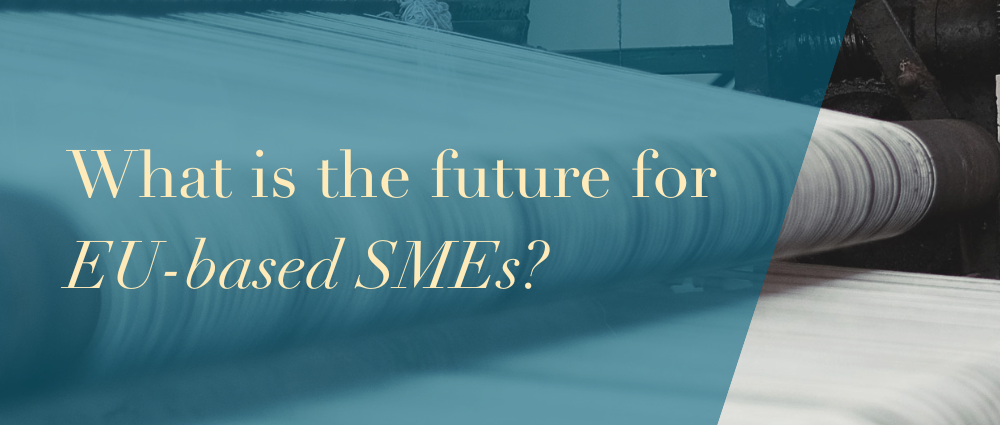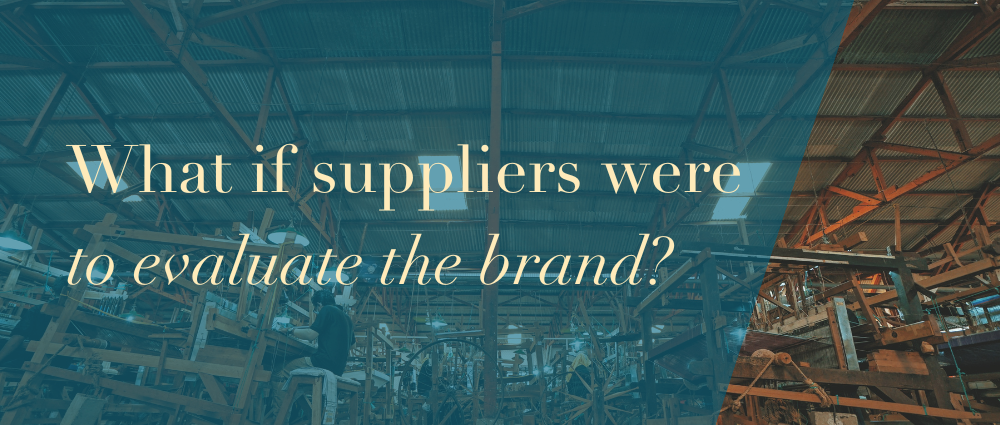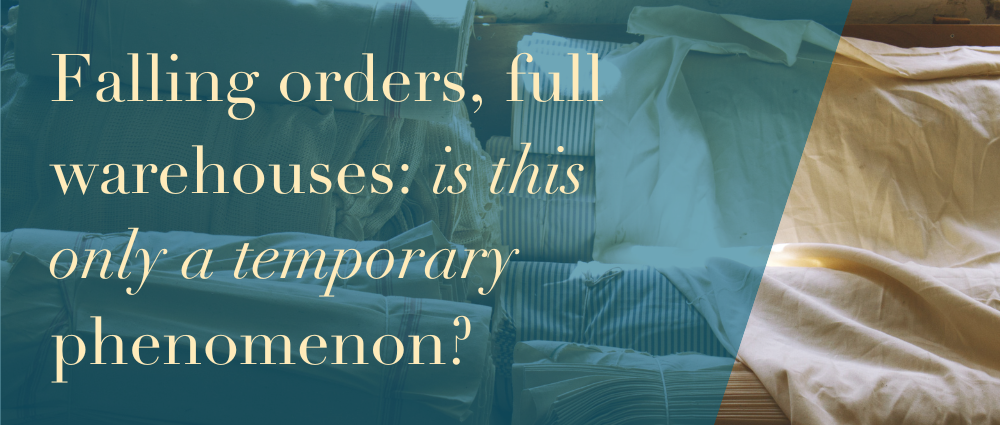Transparency and Traceability: Value Chain Collaboration as a Strategic Priority


By Silvia Gambi, Journalist and Federica Marchionni, CEO, Global Fashion Agenda
Where do the boundaries of a brand end in a global production process which crosses territories, involves innumerable people, and is influenced by climate and geopolitical changes? These boundaries are increasingly blurred because everything touched by the production process is projected into the area of interest of the individual brand.
Collaboration in the value chain should therefore be a strategic focus area to achieve a real transition to a more responsible business model.
Recognising suppliers as partners marks the start of a revolution in the management of relationships within value chains. Achieving climate targets, conducting due diligence and setting up effective improvement strategies, requires the cooperation of one’s own value chain, which thus assumes a central role in the transformation of the fashion system.
It is no longer just a question of transparency, but also of strategy: in order to measure impacts on an objective basis, without just making predictions, and to implement real change, suppliers must be part of the brand transformation process. The result is the redistribution of power between brand and supplier.
The current legislative framework make it mandatory to engage in a constructive dialogue with one’s own value chain. The supplier who tracks its value chain, who complies with environmental and social standards, who can set up improvement plans that are shared with the brand, is considered more reliable.
Governments and industry stakeholders must collaborate to provide comprehensive guidance, capacity building, and tools to support businesses in meeting the Directive´s requirements. Additionally, an active participation in knowledge-sharing initiatives, such as masterclasses and engagement with EU delegations will be key in preparing for compliance.

Nevertheless, this management effort risks creating a system in which only the largest and most structured suppliers can respond effectively to requests, while the smaller ones have to deal with organisational challenges that are difficult to overcome. SMEs, although not directly falling under the scope of EU laws, can face significant repercussions if part of a supply chain governed by larger companies subject to EU legislation. Compliance demands imposed by these entities create a domino effect, obligating SMEs to meet standards to maintain business relationships. Those small and medium-sized companies that do special processing and have great craftsmanship, will remain competitive because they are irreplaceable, but for other small and medium-sized companies, difficult times may be ahead. The majority of the European industry is made up of SMEs, which in the face of large, structured supply companies, risk being left out of the game. This is a real concern which must be taken into account.

What if the brand also found itself being evaluated by its supplier for its reliability? Between the pandemic, disruptions caused by climate change, the consumption crisis, and the upheaval of logistics, suppliers have had the opportunity to discover which brands are able to guarantee continuity in orders and constant dialogue, and which ones are trying to respond to a transitory need but do not want to make commitments. There is a certain category of suppliers who can afford to choose who they work with, and this is a revolution of no small importance. What is happening is not dissimilar to what we have already seen in the world of work with the phenomenon of ‘big resignations’: if the company is not attractive, if it does not guarantee certain standards of work, it is abandoned by the workers.
That is why treating suppliers as partners is critical – they are part of the baggage of a brand, in a way they are also its spokespersons. The need to be transparent has given a voice to many companies that until now were invisible and that now want to be at the table where rules are made, offering their experience and expertise.

Transparency and traceability are priorities, we all agree on that. Not only are they an intrinsic aspect of the EU Strategy for Sustainable and Circular Textiles, but their importance extends beyond this specific framework highlighting their cross-cutting significance across several pieces of legislation. For instance, the Ecodesign for Sustainable Products Regulation, by introducing the Digital Product Passport fosters traceability and transparency throughout a product’s value chain, enhancing the management and sharing of product-related data. Similarly, initiatives such as the Forced Labor Regulation and the Deforestation Regulation compel companies to trace their value chains, aiming to eradicate forced labour and accurately pinpoint the origins of specific raw materials to avoid deforestation, respectively.
Yet when the time came for a decision on Corporate Sustainability Due Diligence, a key instrument for tracing the social and environmental impact of business activities, enough countries spoke out against it to block it. This was due to a combination of concerns centred on the verification and control procedure, which was considered too complex, with the risk of overburdening the companies and SMEs that make up the system, as well as alignments with existing national legislation on due diligence, compatibility with Member States judicial systems, and, ultimately, politics.
Council’s approval of the CSDDD on March 15, 2024, hinged on a compromise: limiting the scope to fewer companies (new thresholds: 1000 employees, €450M turnover), among other measures, thereby diluting the initial ambitions of the legislation. However, despite the Council´s green light, the proposal is still ongoing – it now also must be adopted by the European Parliament in Plenary, which, due to procedural aspects, might, have to postpone its vote until after the EU elections, posing risks for its adoption linked to shifts in conservative party representation. In summary, the CSDDD was diluted to reach a compromise acceptable to all involved parties.

These are complicated months for European industry. The economic crisis is forcing consumers to revise their budgets for clothing purchases. At the same time, brands have warehouses full of unsold goods and have therefore slowed down the pace of production. The word ‘durability’ has become a mantra and the companies with the most room to manoeuvre are trying to raise the quality level of production. The debate on overproduction has been prevalent for some time and reducing production volumes is a necessary step to reduce the impact of fashion. However, this process has been triggered very quickly and is putting production chains in challenging positions to maintain their efficiency. In this uncertainty, there are risks to certain areas of the value chain that pose a serious threat.